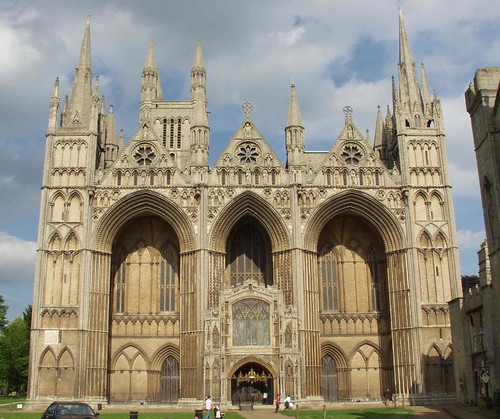It has taken me far too long, and I really can’t complain about the writing, but I have now finally completed the transcription of the will of my amazing dame, who died the year following the making of this will, at the age of 90.
I’ve put the full transcript below the fold, since in detail it isn’t exactly gripping reading. Any of my early modernist readers who feel like taking a shot at the italicised words (which I can’t identify fully) would be most welcome to do so; also I’d greatly welcome any general thoughts on the contents.
I think Dame Helen broadly fits into the “godly” mould – in fact an expert was telling me her second husband certainly did, but the will seems to me quite light on that sort of rhetoric. (Although of course that might in part be the influence of the scribe.)
Generally the form is pretty standard, but there are a couple of places where I think the words and character of Dame Branch come through – in the preamble when she humbly gives god thanks for being in “perfecte memory” (at the age of 89!) and in the careful listing of all of the jails and hospitals to which money was to go. Also perhaps the way it rambles a little – an old lady just thinking her thoughts out loud, rather than starting at the biggest bequest and working her way down the list.
Her executor is her brother’s son Robert Nicholson (which I already knew), although I didn’t know the brother Beniamyne (possibly Robert’s father – got to chase that) was still alive. He presumably must be also a pretty significant age – some good genes in there, although the fact that Robert got all the work suggests he’s fully “retired”. (All the father gets is a black gown, presumably to attend the funeral.)
One thing that strikes me about the will is how broad Dame Helen’s social circle still is, even at her great age. There are godchildren being left gold rings, lots of neighbours and widows (presumably friends) – although unfortunately many of them have common names, which is going to make them hard to track down.
Interesting too that she wants to be buried as near as possible to her first husband (Mynors), not her second – and that neither husband’s family has an obvious role in her life (although no way of knowing at the moment if there are female relatives from them along the line – at present I know nothing at the Wismans/Wisemans, or the Hide/Hydes or which side cosen Thomas Smyth comes from. Why did he have to have such a common name?!)
read more »




 About
About